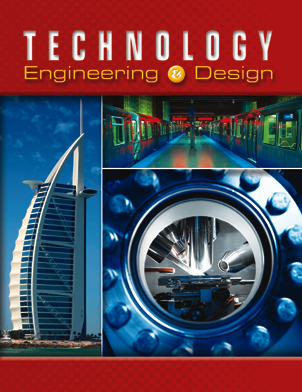1.
A) transportation advantage. B) modal utility. C) time and place utility. D) economic vitality. 2.
A) OSHA. B) the IRS. C) the Department of Defense. D) the FAA. 3.
A) oil tanker B) sailboat C) cruise ship D) dock 4.
A) the global positioning system (GPS). B) the ways-and-routes network. C) the international aviation network (IAN). D) the interstate highway system. 5.
A) interstate travel B) intrastate travel. C) modal travel. D) intracity travel. 6.
A) trains, buses, boats, and airplanes B) inputs, processes, outputs, and feedback C) an engineered, organized way to move goods and people D) moving from place A to place B 7.
A) block freight. B) bulk cargo. C) gridlock. D) break bulk cargo. 8.
A) ways. B) vehicles. C) pipelines. D) routes. 9.
A) vehicular and nonvehicular processes. B) management and production processes. C) interstate and intrastate processes. D) air and ground processes. 10.
A) nonmodal transportation. B) intercity transportation. C) value-added transportation. D) on-site transportation.





